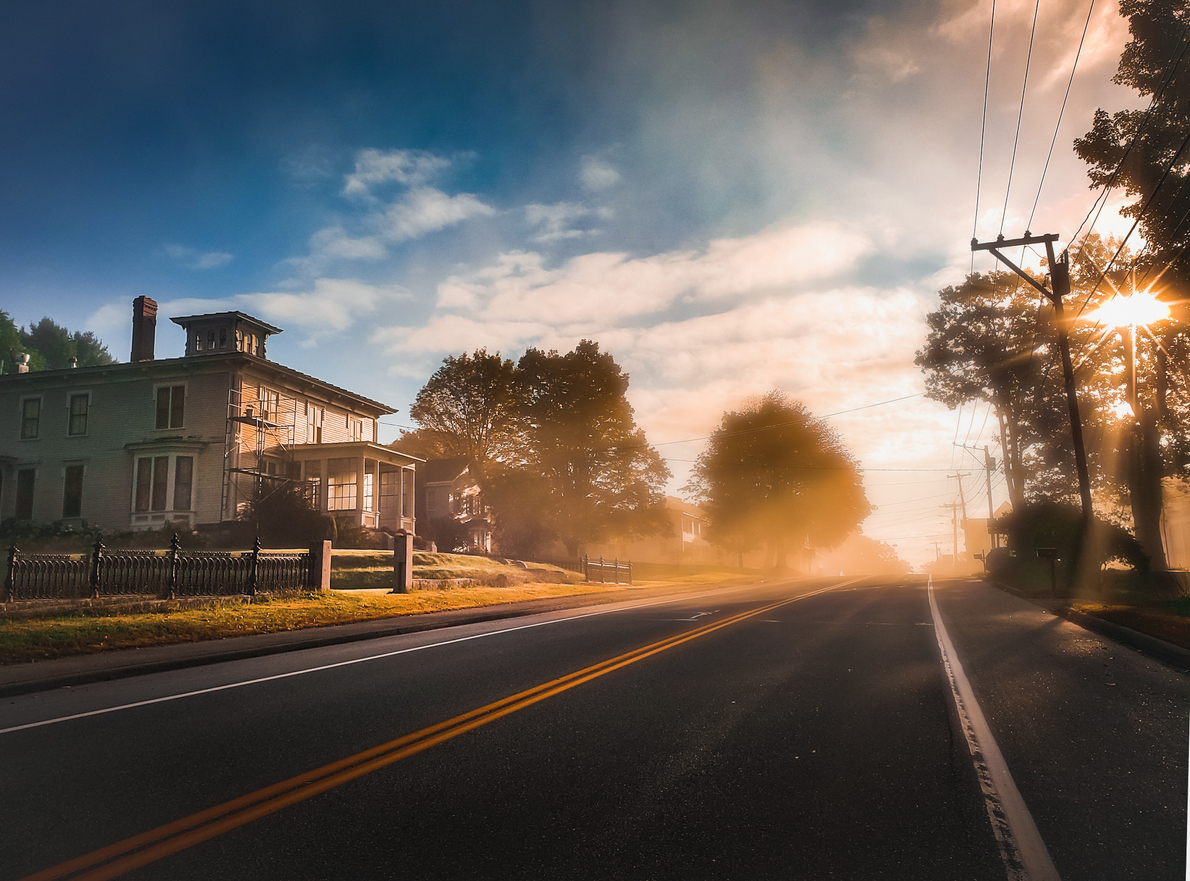

We may earn revenue from the products available on this page and participate in affiliate programs. Learn More ›
Most folks have heard the comment, “It’s not the heat, it’s the humidity!” And If you’ve ever been outside on a humid day, you’d probably agree that lots of moisture in the air can make you feel more miserable than the “dry heat” of some climates. Getting cool and comfortable in high humidity can be a challenge, especially when the air temperature is also soaring—so anyone thinking of relocating or even visiting a new area may wish to check out how humid it’s likely to be.
In doing your research, there are two main terms to understand. Humidity levels tell us how much water vapor is in the air. The higher the concentration of water vapor, the higher the humidity level. Relative humidity is a term that refers to the percentage of water vapor in the air compared to the highest amount of water vapor that the air would be able to hold.
RELATED: Does This Popular Frigidaire Dehumidifier Tackle Humidity With Ease? We Tested It to Find Out!
A range between 30 and 50 percent is generally considered comfortable relative humidity levels for inside the home and for outdoors as well. When you consider that all 10 of the most humid states in the country have average relative humidity levels greater than 70 percent, you can probably imagine how hot and sticky they can feel. What’s more, mold grows faster in areas with high humidity levels, and undue moisture in the air can also condense and disrupt electric currents, causing computers, televisions, and other electronics to lose power. Fortunately, using a dehumidifier—or investing in a whole-home dehumidifier—can effectively remove some of the moisture from the air. That said, before you make a move (or to find out if your state ranks among the sweatiest!), check out this lineup of the most humid states in the U.S.
RELATED: 5 Signs Your Home Needs a Dehumidifier—and How to Select the Right One
1. Alaska
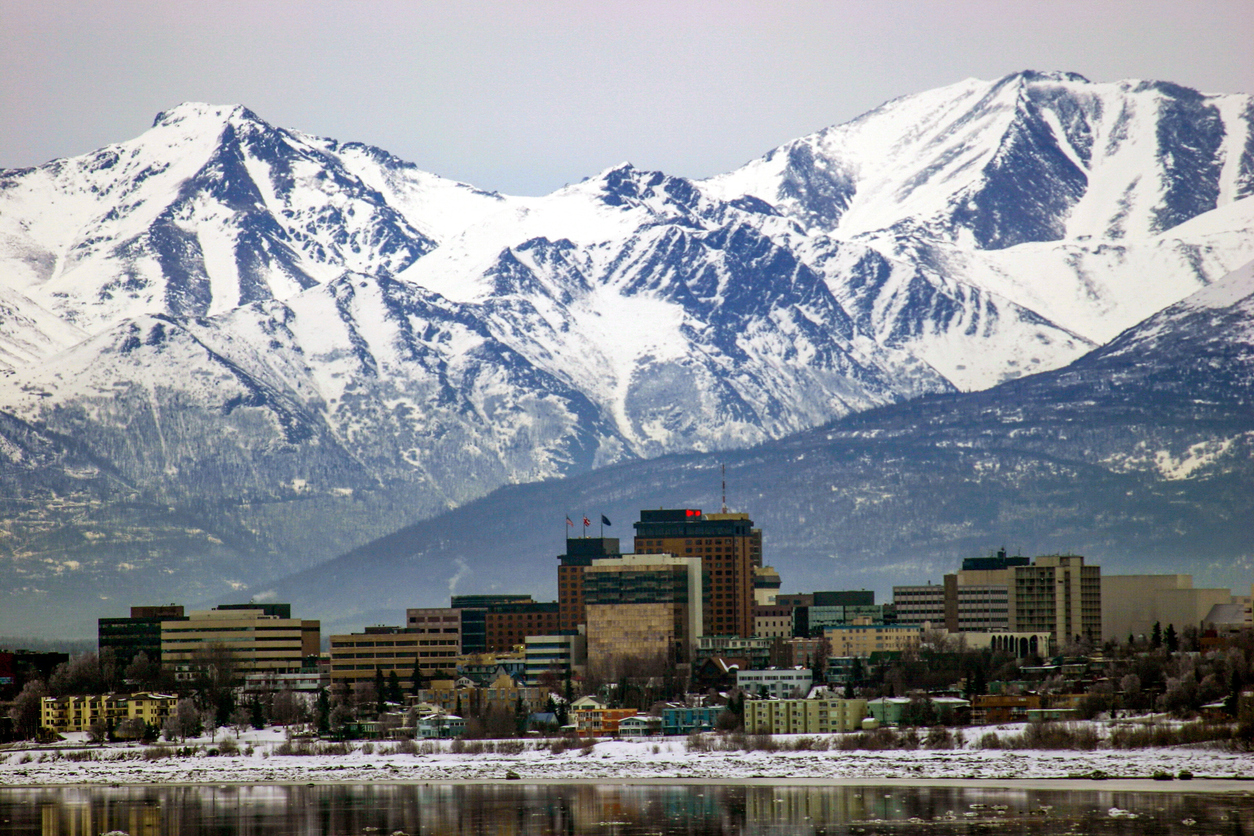
When researching states with the highest humidity levels, you may be surprised to find that Alaska tops the list. It has an average relative humidity of 77.1 percent, over 2.5 percent more than Florida, the state with the next highest level. The reason for this higher relative humidity level has to do with the colder air temperature. Remember, relative humidity refers to the percentage of water vapor in the air compared to the maximum amount it can hold. Because cold air has less space to hold water vapor, the relative percentage of humidity in the air is higher, even though it doesn’t feel as muggy outside. Lucky for Alaskans, their summer temperatures range from 55 degrees to 70 degrees Fahrenheit.
2. Florida
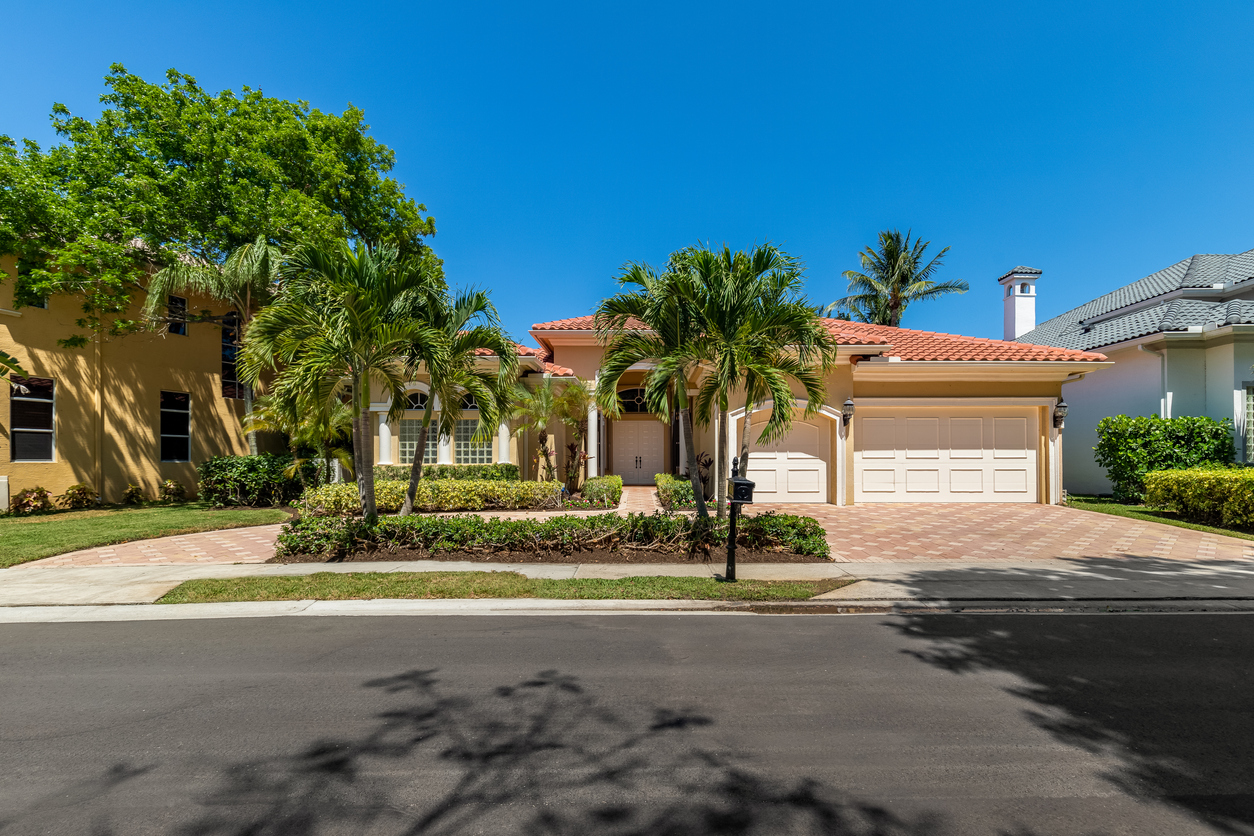
Its nickname may be the Sunshine State, but Florida humidity levels come close to topping the charts, so few residents are probably wondering why their house is so humid. With an average relative humidity level of 74.5 percent, Florida ranks as the second-most humid state in the country. One of the major contributing factors for the state’s high humidity levels is the fact that Florida is a peninsula, meaning it is mostly surrounded by water. All of this water around it leads to increased amounts of water vapor in the air. Some cities within Florida have an even higher average relative humidity level. Gainesville, for example, is the most humid city in the state, with an average annual relative humidity level of 89 percent.
3. Louisiana

Louisiana also ranks as one of the most humid states in the U.S., with an average relative humidity level of 74 percent. Its location largely affects Louisiana’s soaring humidity levels. With its position just north of the Gulf of Mexico, a lot of the warmer and muggier air from the water is pulled over the state. Lake Charles, the most humid city in the state—and the country—is located in the southern portion of the state along the Gulf of Mexico. The average annual relative humidity in Lake Charles is a whopping 90 percent!
4. Mississippi
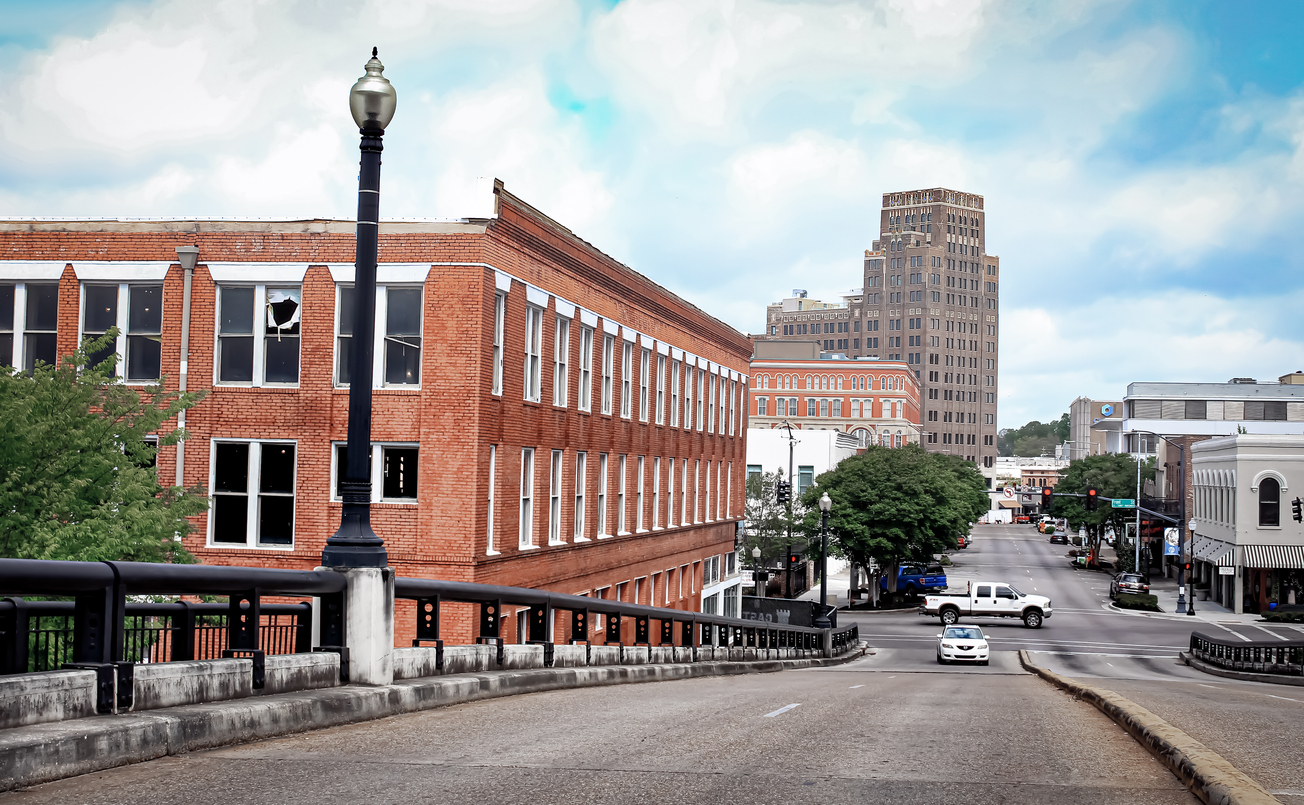
The air doesn’t get much more moist than in Mississippi. With its average relative humidity level of 73.6 percent, it’s also among the nation’s high humidity states. Like Louisiana, Mississippi is located near the Gulf of Mexico, so it also receives a lot of warm, wet air, and while it only has the fourth-highest humidity levels in the country, two of top three most humid cities in the U.S. are there. Jackson and Meridian both have an average annual relative humidity level of 90 percent.
5. Hawaii

As a string of volcanic islands, Hawaii shouldn’t surprise anyone with its average annual humidity level of 73.3 percent. It places at number five on the list, due to all that water vapor rising from the Pacific Ocean. Humidity can vary between the islands (there are eight main islands but 137 total in the archipelago) and also tends to decrease throughout the day and when ascending to higher elevations.
6. Iowa
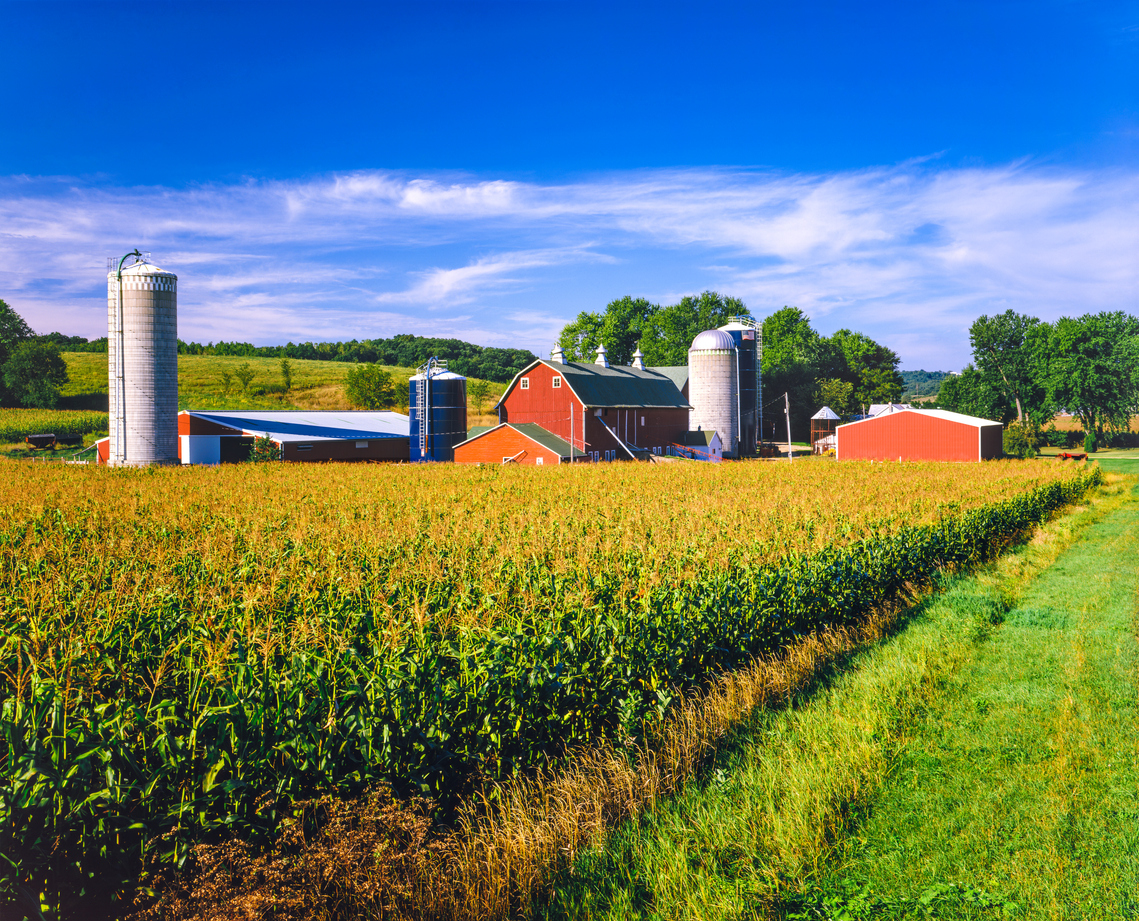
The Hawkeye State is pretty darned humid. With its average humidity level of 72.4 percent, Iowa is the next most humid state in the country. While the high humidity levels of many other states are related to their proximity to water, Iowa’s wetness is partly caused by the state’s agriculture. Although Iowa is landlocked, there are over 13 million acres of corn across the state, and each acre of corn can sweat as much as 4,000 gallons of water into the air daily. Whoa, that’s awfully wet!
7. Michigan
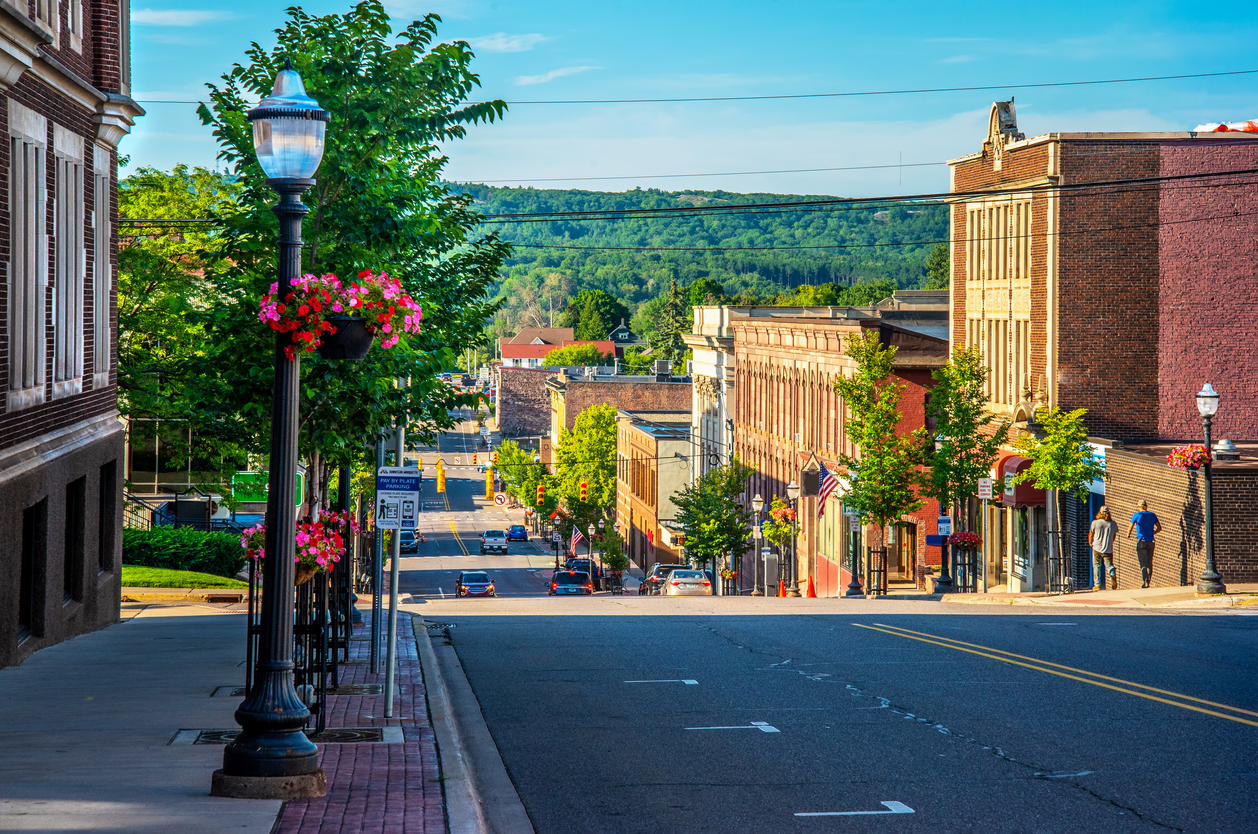
Michigan has an average annual relative humidity level of 72.1 percent, and when comparing humidity by state, it places at number seven. The state is in close proximity to the Great Lakes, and because the lakes have such a large surface area, they send a lot of moisture into the air. The wind then blows much of this excess moisture over the state, resulting in the high humidity levels its residents have to deal with.
8. Indiana
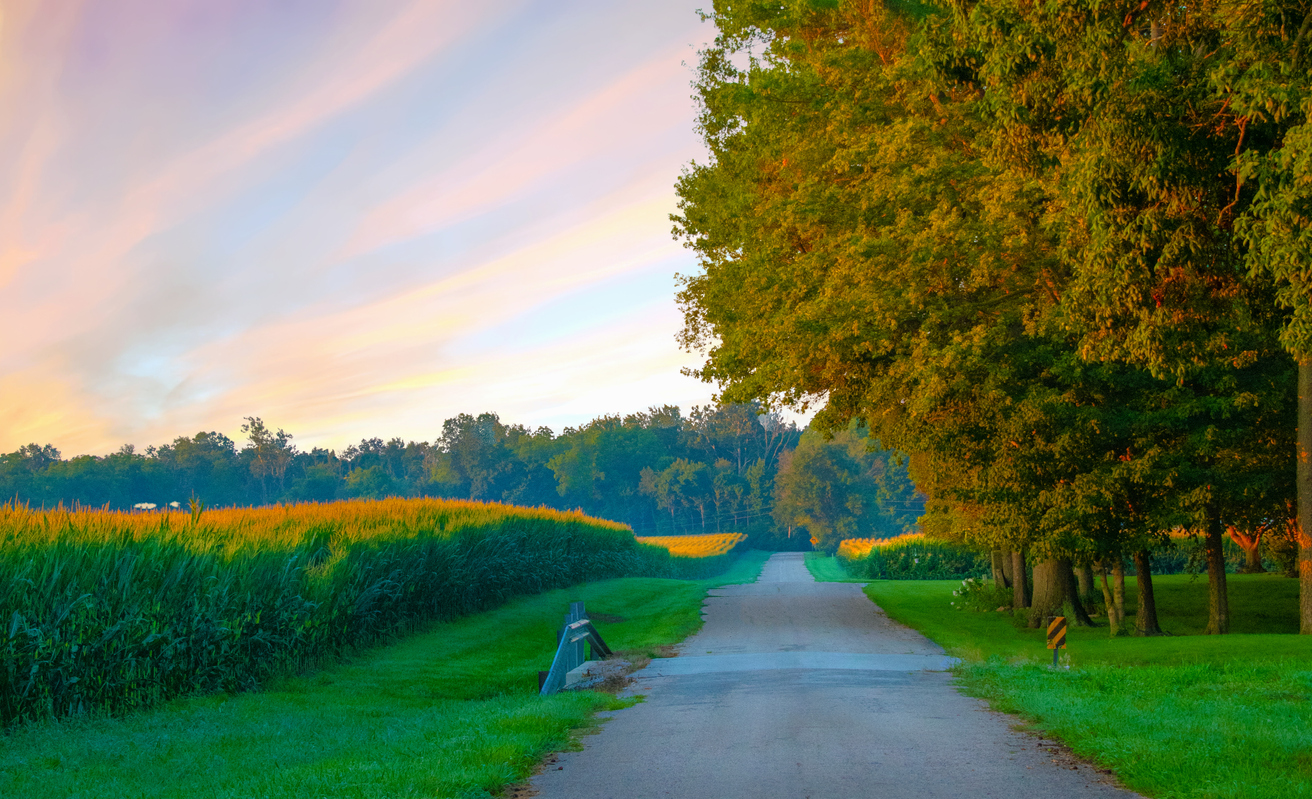
The average humidity level in Indiana is 72 percent, placing it just below Michigan on the list. The increased moisture levels are partly caused by the Ohio River, which cuts through the southern portion of the state. Another factor that contributes to the higher humidity levels is the state’s topography. Where the land is lower, particularly in the northern and middle areas of the state, more water is able to accumulate in the air. The moisture can get trapped in these areas by stagnant air masses as well.
9. Vermont
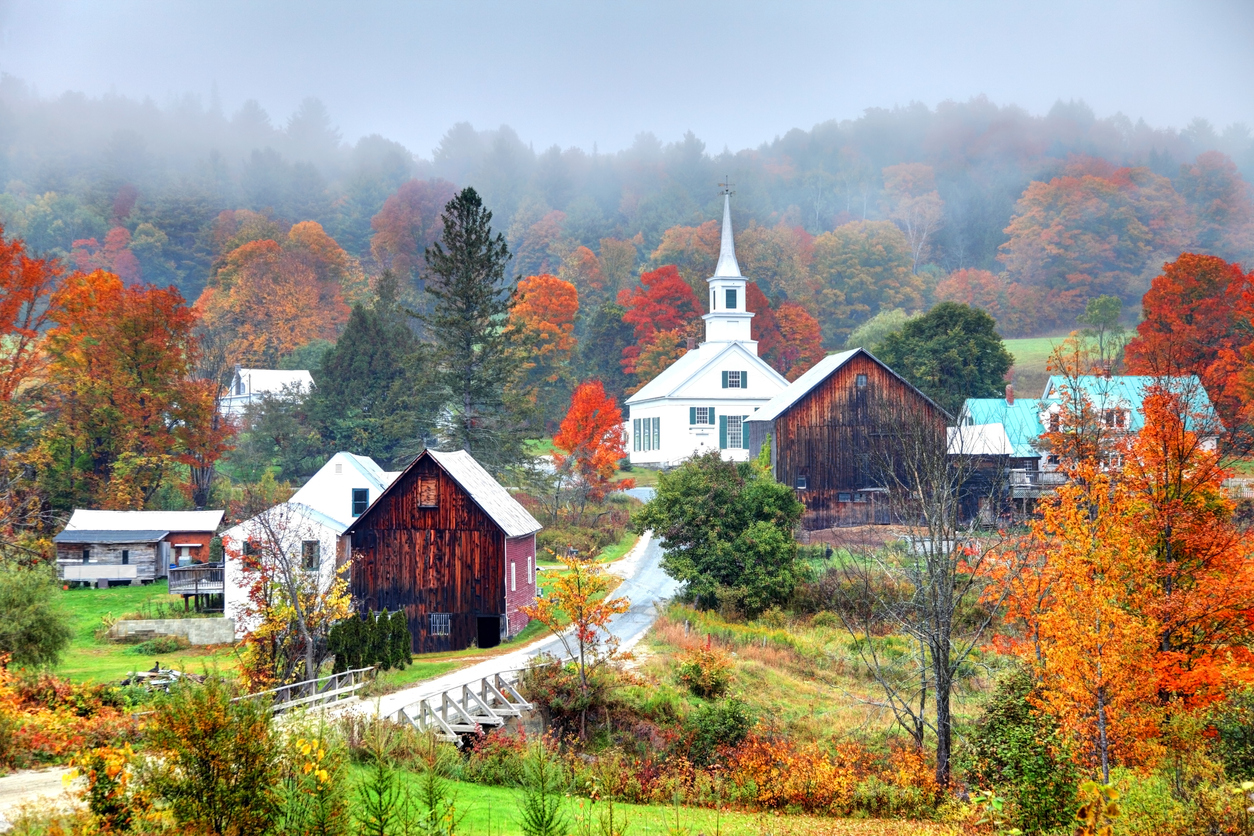
It may be among the ten smallest states in America, but Vermont is nonetheless among the wettest. The annual average relative humidity level in the Green Mountain State is 71.7 percent. However, the humidity level can vary significantly from one season to the next. Humidity levels are the highest in July, August, September, October, and December, with the lowest levels occurring in April and May. During the cooler months, the higher humidity levels can make the air feel even colder.
10. Maine
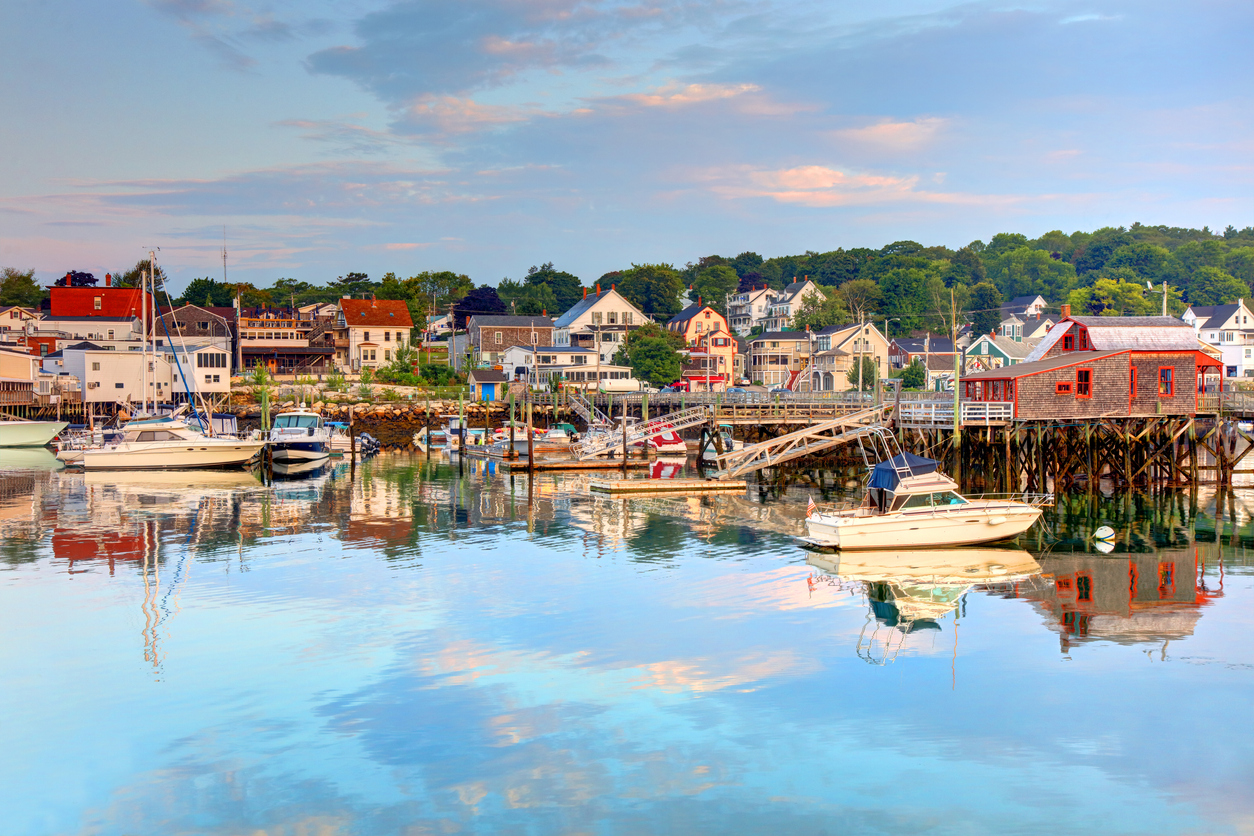
Maine rounds out the list of the 10 most humid states with its average relative humidity level of 71.7 percent. The most humid months in Maine occur between June and December. March is the month with the lowest average humidity level. As the northeasternmost of the 48 contiguous states, Maine can get pretty chilly, with some parts of the state known to receive over 200 inches of snow annually—and the higher humidity levels can make the air temperature feel even colder. Brrrr!
